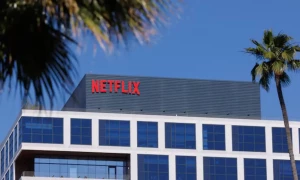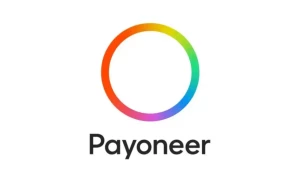Facebook, YouTube ‘monetization’ policy updates leave revenue questions for creators
In a bid to attract more content creators to their platforms, both Facebook and YouTube have updated their ‘monetization’ policies.
YouTube is relaxing requirements for ‘channel monetization’, while Facebook has changed some policies related to instream ads.
The new development from YouTube falls under the YouTube Partner Program (YPP). The Google-owned company is expanding the programme to program to U.S.-based creators, who reportedly have over 20k subscribers.
The new conditions are as follows:
Having 500 subscribers
Three public uploads in the last 90 days;
Either 3,000 watch hours in the past year or 3 million Shorts views in the last 90 days
Previously, for monetization, the channel must have at least 1,000 subscribers; either 4,000 watch hours in the past year or 10 million Shorts views in the last 90 days.
If the channel meets the new criteria, they can apply to become a part of YPP. Moreover, it would also get access to tipping tools like Super Thanks, Super Chat, and Super Stickers, subscription tools like channel memberships, and the ability to promote their own merch with YouTube Shopping.
The new monetization criteria is currently available for the U.S., the U.K., Canada, Taiwan, and South Korea. It will later roll it out to other countries where YPP is available.
YouTube is set to discuss and give more details about its new programs at the VidCon conference next week.
Consequences
The decision is welcome for new YouTubers as conditions have been relaxed for them. However, this decision may also have some negative consequences.
YouTube has reduced its advertising (CPM) rates. The new policy appears to suggest that it wants to attract more people to make content. As a result, the number of content creators will increase and YouTube will have the opportunity to show ads at cheaper prices.
Facebook’s new monetization policy
Along with YouTube, Facebook has also introduced a new monetization policy and due to it, especially those whose pages have already been monetized are facing problems.
Under the new policy, Facebook’s instream ads will no longer be paid on the basis of how many times people have shown the ad, but on the basis of the total number of views of the video on which the ad is played.
Until now, advertising compensation was determined on the basis of ‘ad impressions’. That is, how many times the advertisement was shown.
Facebook was not concerned with the overall views of the videos, but now Facebook will determine the advertising charge by looking at the views of the videos.

Consequences
The change in policy would hit revenue estimation system. Many creators don’t see expected or approximate revenue from ads. Similarly, the figures of CPM and RPM are also not visible.
According to initial reports, these figures will start appearing after the implementation of Facebook’s new revenue sharing policy, but they may be given a new name.
The new policy came into effect on June 13, and it is not yet clear whether views or advertisements of videos published today or tomorrow will be counted.
For the latest news, follow us on Twitter @Aaj_Urdu. We are also on Facebook, Instagram and YouTube.




















Comments are closed on this story.